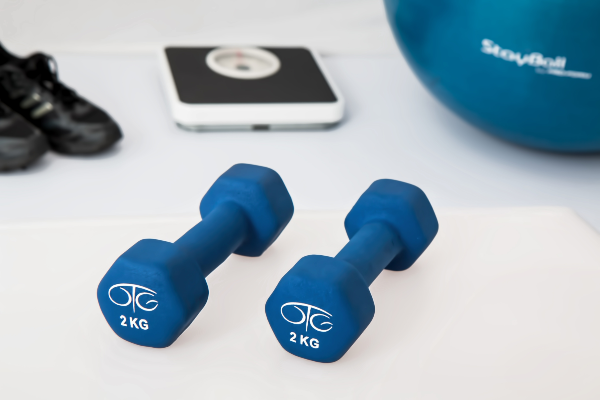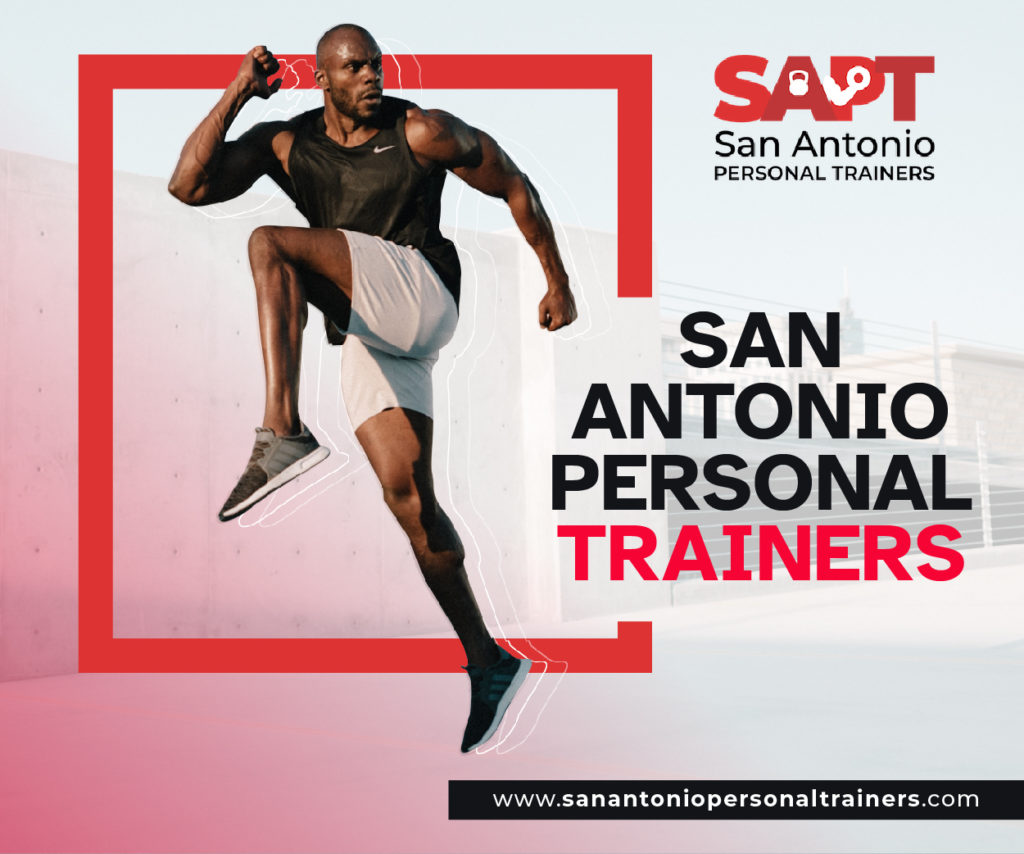Strength, endurance, flexibility are all important
by Jennifer Herriott, MPH,
program manager of Steps to a Healthier San Antonio
What does it mean to be fit?
If I am thin, am I fit?
If I am a runner, am I fit?
If I lift weights, am I fit?
In fact, there are several components to fitness, all of which are important. They include cardiovascular endurance, flexibility, muscular endurance and muscular strength. These fitness components can significantly influence conditions such as diabetes, asthma, obesity, stress, cholesterol, arthritis and heart disease. They are also potential indicators of your quality of life and life span. So the key to being fit is understanding the importance of each component and incorporating each one into your fitness routine.
Developing cardiovascular endurance:
Aerobic exercise is the most important component of fitness because it reduces the risk of cardiovascular disease. Aerobic conditioning is best accomplished by performing continuous and strenuous tasks involving large muscle groups over an extended period of time. The primary function of aerobic exercise is to condition the heart muscle. Other benefits include increased endurance and a reduction of blood pressure, resting pulse rate, and reduced cholesterol.
Developing cardiovascular endurance can be achieved by doing an exercise that raises your heart rate three or four times per week for 15 to 60 minutes continuously each time. If you are beginning to incorporate aerobic exercise into your routine, start with the minimum of minutes and then focus on increasing either the intensity, the times per week or the minutes each time you spend exercising. This will help you to remain challenged and to meet your goal. Use modest increments to avoid muscle soreness or injury, and listen to your body to be aware of signs and symptoms that might prompt you to slow down or speed up.
Examples of aerobic exercise include brisk walking, jogging, swimming, using the stair stepper or an elliptical machine, and cycling.
Developing flexibility:
Although it is frequently over-looked, flexibility is an important comp-onent of physical fitness. It is defined as the capacity of a joint to move freely through a full range of motion without too much strain. The length of the muscle seems to be the most significant determinant in the amount of movement possible at the joint. When muscles are not used, they tend to become shorter and tighter, causing the range of motion at specific joints to be significantly reduced.
It is important to have a full range of motion at each of the major joints of the body. Without this flexibility, performing everyday activities, like bending to pick up a newspaper, or to tie your shoes, or even getting up from a chair or out of the seat of a car, become difficult.
Stretching on a regular basis for maximal development of flexibility should be preceded by a very mild warm-up. Stretching should be done slowly through the full range of motion until tightness, not pain, is felt. This position should be held for 10 to 30 seconds. Contrary to what many of us were taught in physical education many years ago, stretching should not involve bouncing. After holding the extreme position for 10 to 30 seconds, slowly repeat the stretch to see if you can stretch farther. Stretching in this way on a regular basis will enable your muscles to become more flexible, thus increasing your range of motion. Yoga is an excellent and increasingly popular form of exercise that can increase flexibility.
Muscular strength:
Each person needs a certain amount of strength in order to carry out many simple everyday tasks. Strength is defined as the ability of a muscle group to exert force against a resistance. Strength training is important to overall fitness because it can reduce the incidence of joint injury.
A weight-lifting program designed specifically to develop strength will involve a low number of repetitions with a high resistance. Strength training makes your muscles strong enough to dissipate the force generated by doing a lot of cardiovascular (high impact) exercise and injuries caused by repetitive motion.
Exercises that promote strength include weight lifting and floor exercises. These can be done at home by purchasing free weights, stability balls and resistance tubes with handles.
Muscular endurance:
Muscular endurance is defined as the ability of a muscle to sustain a contraction or sustain a given contraction for a period of time. For example, to determine the endurance of the abdominal muscles you would need to measure how many abdominal crunches (sit ups) you can do in a given period of time. The more sit ups that can be performed in a given amount of time, the higher the level of muscular endurance.
Muscular strength and muscular endurance are, of course, highly correlated. Your level of endurance will determine how long you can carry a suitcase, for instance, while also holding it off the ground. A weight-lifting program specifically designed to develop muscular endurance will involve a high number of repetitions with a lower resistance. This is the exact opposite of muscular strength training, which involves a low number of repetitions with a high resistance.
Some exercises that promote muscular endurance include weight lifting, floor exercises, sprinting and some water exercises.
Recommendations:
For distance runners, most of their time will be spent developing cardiovascular endurance. But they would be inviting injury if they did not incorporate muscular strength training and stretching. The same goes for the body builder who has developed incredible muscular strength but has little cardiovascular endurance and potentially limited flexibility.
To be truly fit, it is important to incorporate a certain amount of each fitness component into your exercise routine.
Jennifer Herriott is the program manager for Steps to a Healthier San Antonio (Steps-SA), an initiative for the San Antonio Metropolitan Health District funded by the Centers for Disease Control and Prevention (CDC). The Steps-SA initiative identifies and promotes efforts that encourage our community to make small behavior changes to reduce the burden of diabetes, obesity and asthma by addressing three related risk factors — physical inactivity, poor nutrition and tobacco use.






